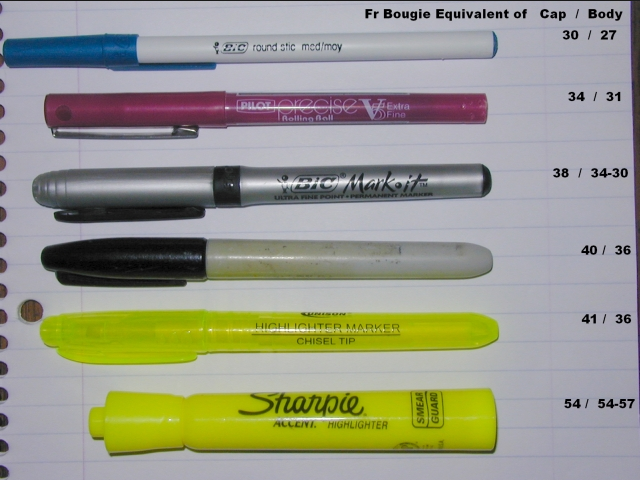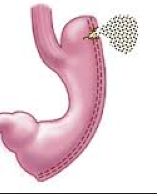Celebrating Halloween after Weight Loss Surgery
After weight loss surgery, you are starting to see results but with the fall season comes many temptations. This is largely due to the many holiday offerings that begin  with the arrival of Halloween.
with the arrival of Halloween.
While it may be a tradition to enjoy delicious Halloween candy throughout the month of October, now is not the time to indulge. Saying no to those sweet little treats and candy bars will keep your weight loss goals on target.
After a lifetime of mindless snacking, it can be difficult to resist temptation but here is a helpful list of ways you can avoid sabotaging your healthy diet and weight loss success.
Buy the candies you hate!
Sure, this may seem difficult but it actually isn’t. Avoid your favorite candies and chocolate, opting for flavors and brands that will not tempt you. Hate coconut? Buy fun-sized Mounds or other coconut filled treat. Love chocolate? Avoid buying any Halloween candy covered with or containing chocolate.
Don’t keep candy sitting around the house!
If purchasing candy and treats is a tradition you cannot escape from, don’t buy it early and store it around your home. Wait until the last possible minute to shop for candy to give away, and avoid filling any dandy dishes or dispensers until it’s time to celebrate.
Look for great alternatives to handing out candy!
Think of other great things to hand out this Halloween rather than candy. Consider giving away temporary tattoos, stickers, small toys, raisins, cracker and cheese packs, coins, juice boxes for thirsty trick or treaters. These are just a few of the many great items that kids will love.
Celebrate with a support group!
If you don’t have a bariatric support group, invite a few of your health-minded friends over for a party. Choose healthy treats approved for your post bariatric surgery diet.
Go trick or treating with the kids!
While you don’t need the calories that Halloween treats provide, the exercise is great for you! Walk with the kids as they go trick-or-treating and stay in control of your new healthy lifestyle.
Give away over-stocked and left-over candy!
After a night of trick or treating, let the children choose a handful of candy to keep. Donate the rest of your kids’ candy haul to homeless shelters, dentists’ offices, and food kitchens. This keeps candy and chocolate from lying around the house to tempt you.
Keep candy in the freezer!
If you have candy and chocolate sitting around your house after Halloween has passed, gather it all up and stash it in the freezer. Your children will eat fewer pieces at a time, and the candy is less accessible.
Set the date for a candy-free home!
Choose a date in November and mark it on your calendar. This is the day all of the Halloween candy will be removed from your home. The candy-free zone will be conducive to your diet once again.
Don’t deprive yourself on Halloween!
Don’t deprive yourself of an occasional treat or Halloween candy when you have a craving. Try to find healthier options to chase the urge away, but if the craving lingers, have a small bite so you don’t binge later.
Read the label before eating a piece of candy or treat!
Before putting any holiday candies or treats in your mouth, know exactly what the label says regarding calories, sugar, and fat grams. Reading labels can often discourage you from eating something, as you decide if the calories are worth the short term rewards.

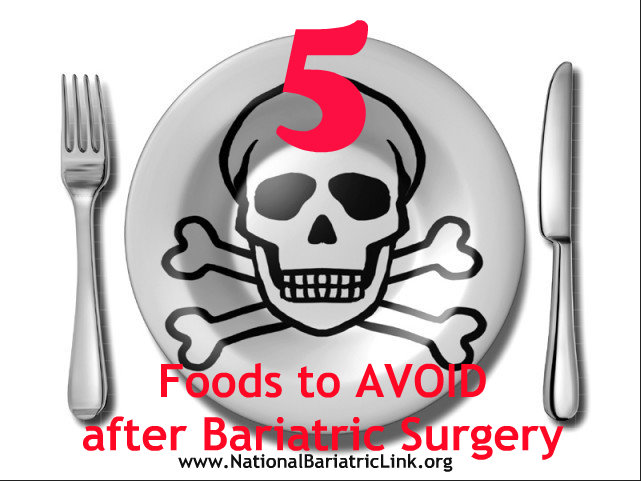
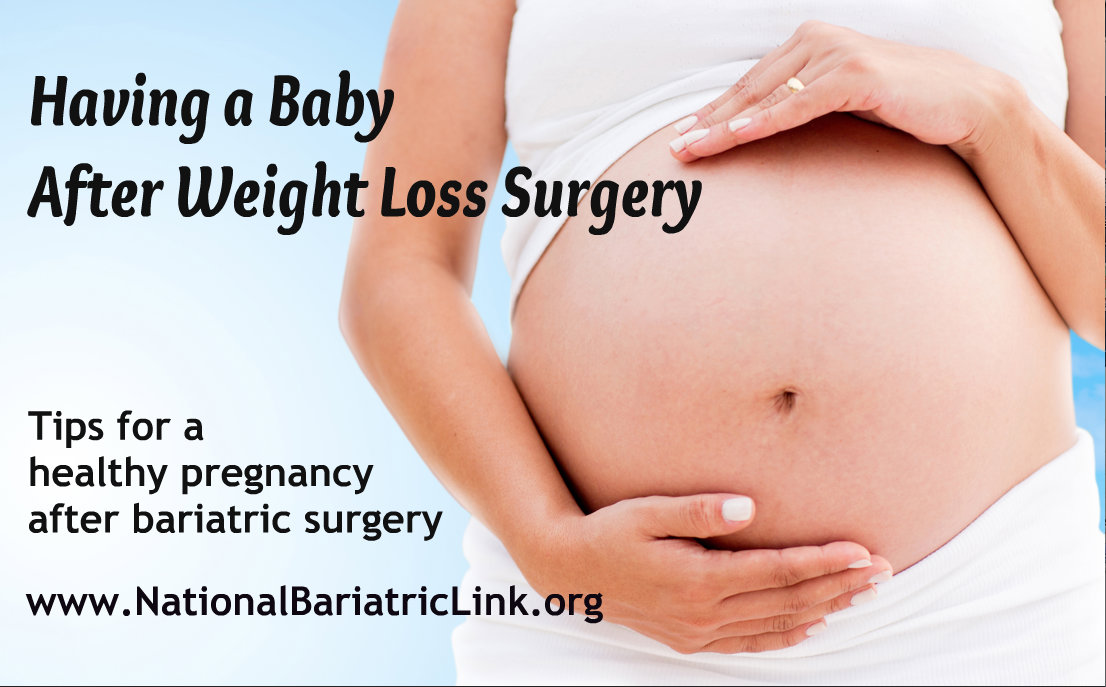
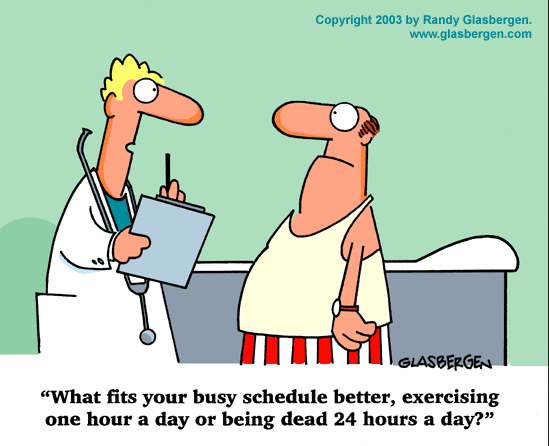
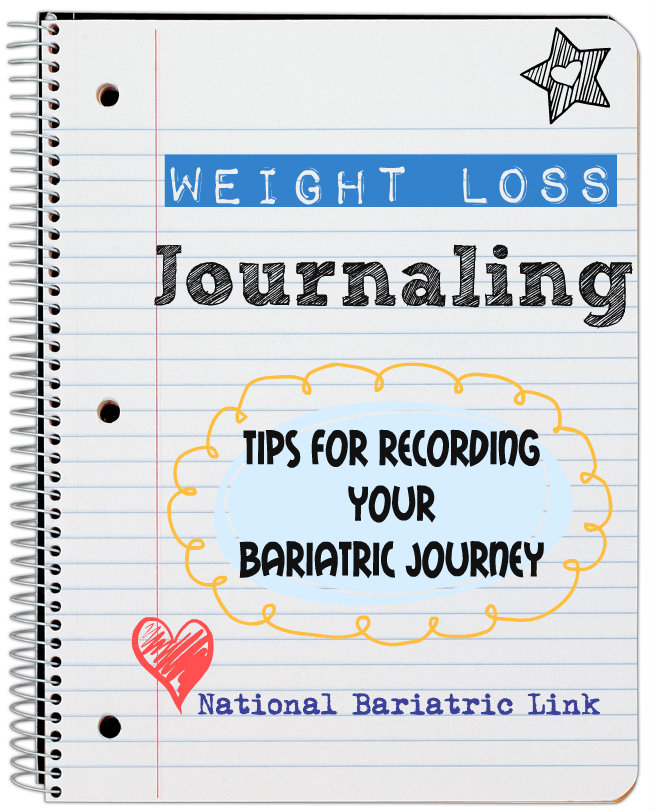 urnal or a blog, don’t shy away from cameras. Snap those before and afters with pride because you are dedicated to your journey.
urnal or a blog, don’t shy away from cameras. Snap those before and afters with pride because you are dedicated to your journey.
